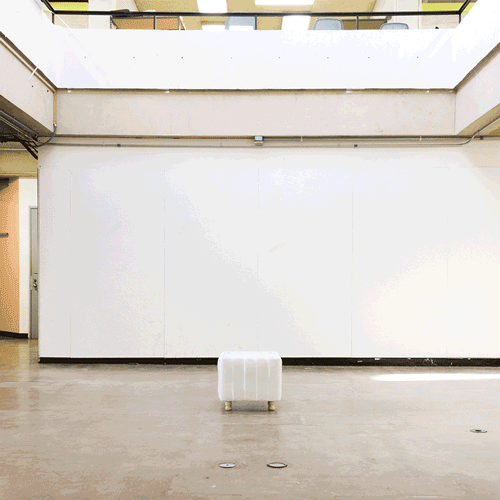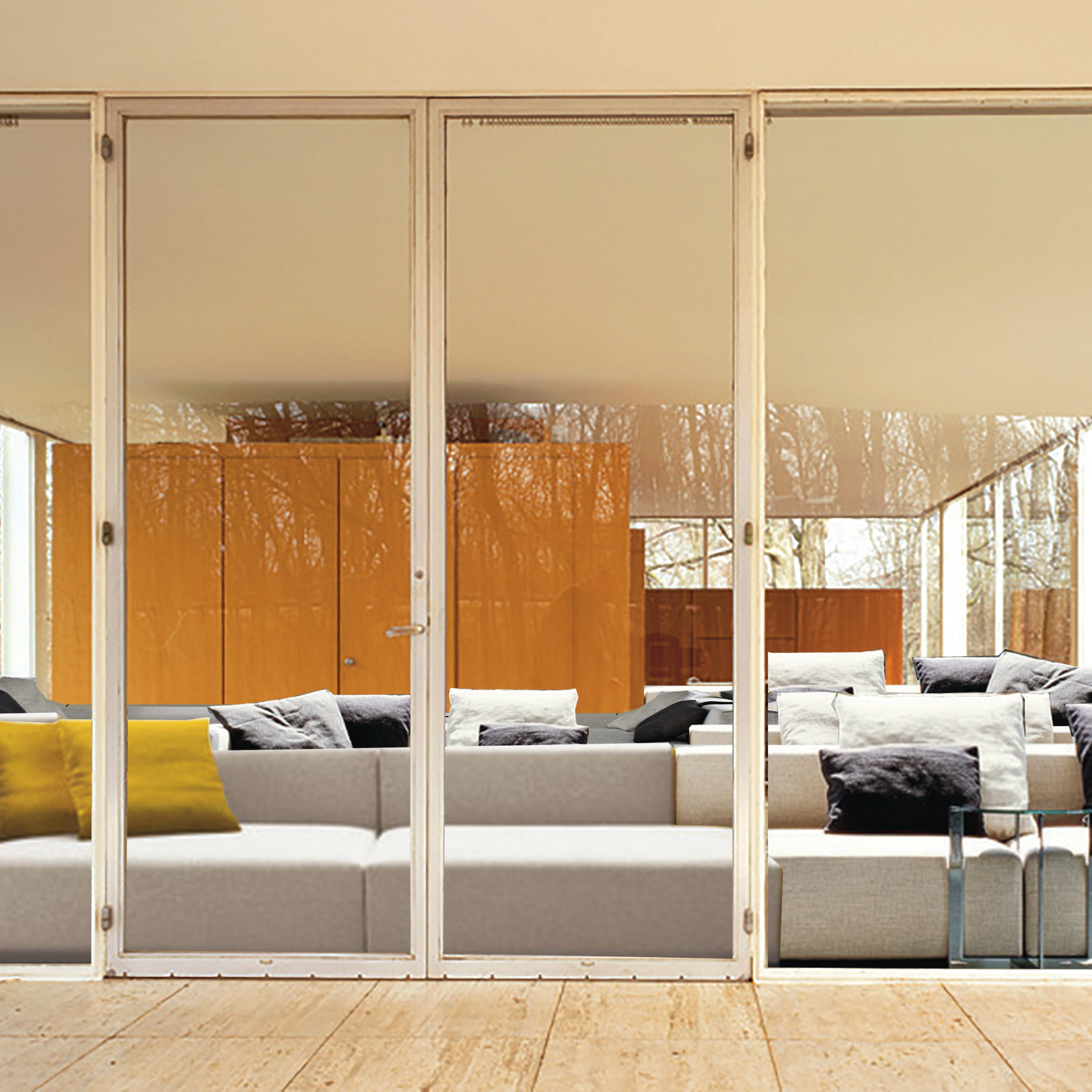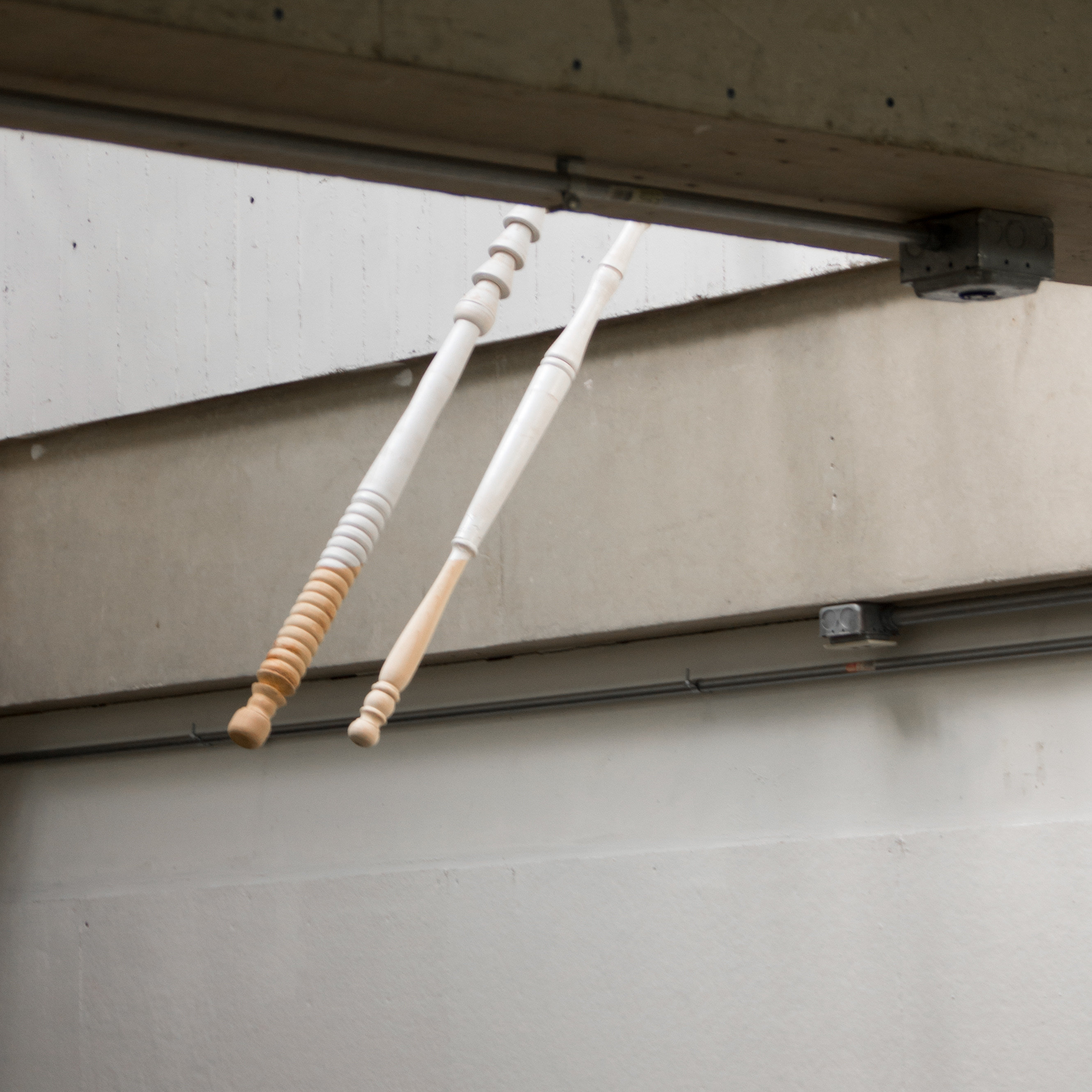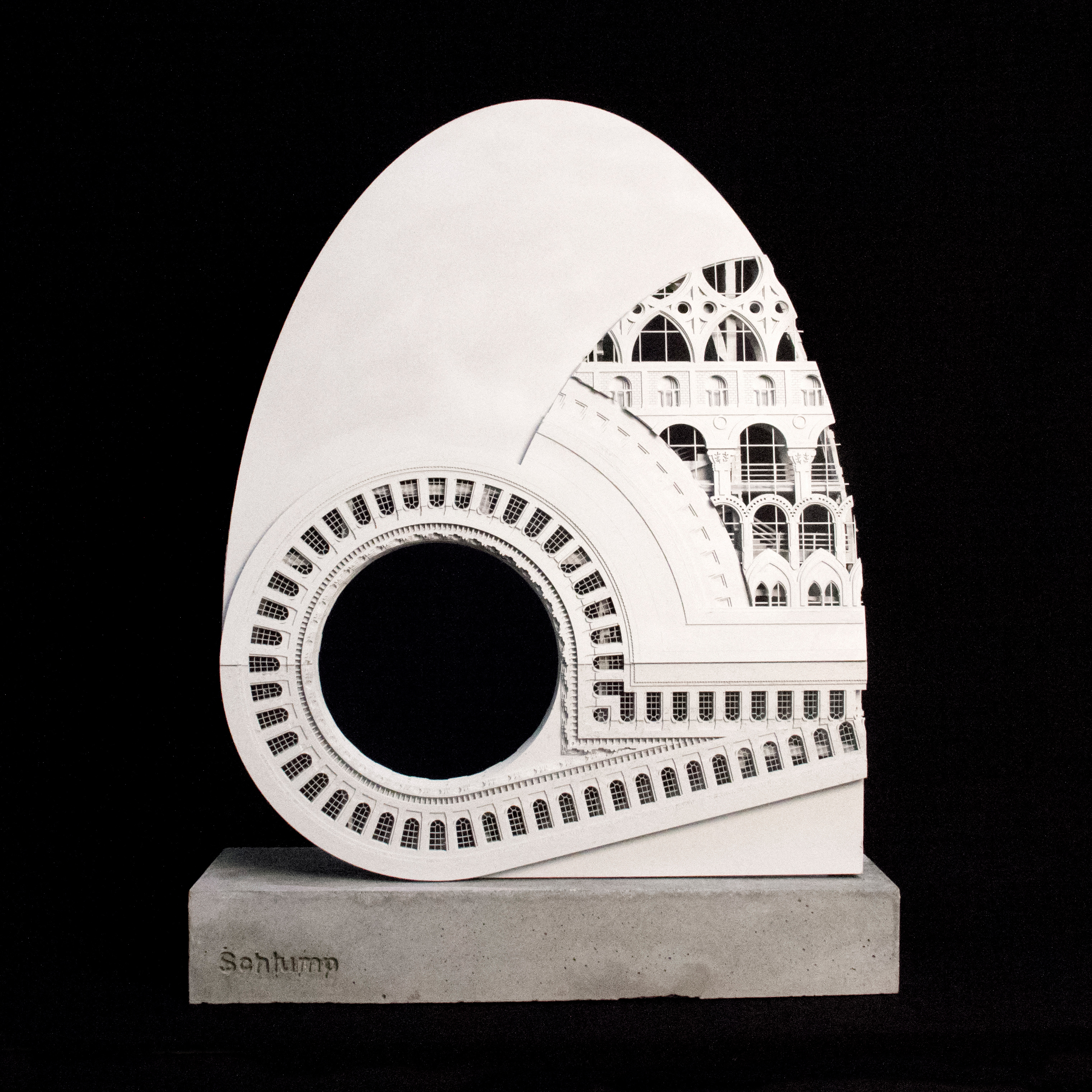Featured in conjunction with the writing of Sam Jacob on e-Flux Architecture
The studio explores the space between the abstract organizational logic of American space—the Jeffersonian grid and the architectural specificity of America’s new Edens—places within which theocratic, millennialist, socialist, theosophist, behaviourist, and techno-rustic communities might construct new worlds whose form, organisation and lifestyle could be a direct expression of a variety of deeply felt ideas. The studio examined the traditions of gridscape from Hippodamus of Miletus to Sol Lewit, thinking of the grid as the space where the formal rules of Palladio meet the stark mysticism of Mies and the politics of Superstudio with the strategies of surrealism. These experiments have been used to develop architectural propositions for 21st century ideas of settlement where architecture itself is able to construct new possibilities of community.
The Cage combines a social order and phalanstery building inspired by the Fourierist North American Phallanx, with an open-plan re-configurable workspace a la Gehry’s Facebook headquarters on the site of the short-lived Octagon City, on Vegetarian Creek, in Southern Kansas. This site is specifically rural, inviting an ambiguity in the exactitude of its prescribed location. Similarly, The Cage not intended to be timeless per say, but to exist outside of a specific time. The sanctuary is a venn-diagram of nine-square zones, allowing its resident employees—who may never find cause or opportunity to leave the complex—to customize their experience, whether to create a personalized workplace, to obtain privacy, or to engage socially. The zones consist of a grid of electrical power, grid of connectivity, a hierarchy of intimacy, and the zone of shelter. The electrical power zone enables machines to function. The connectivity zone—perhaps radio, perhaps wifi, depending on time setting—provides contact with the outside world. The zone of hierarchy establishes zones of intimacy, through which resident employees may create privacy. The object provides shelter from the elements. The phalanstery is a living and working collective whose social order and heirarchy may naturally evolve over time. The open plan is intended to preserve the re-configurability of the complex, and this adaptability extends to industry and time-space—the phalanstery may as naturally host a turn-of-the-century textile mill as a tech startup.














